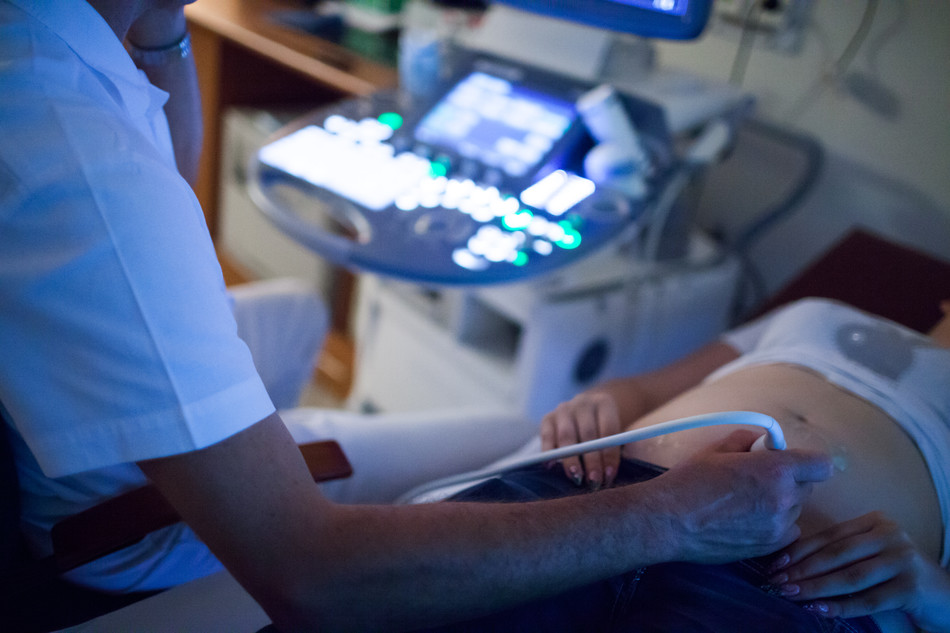Bemutatkozás
Az I. és a II. számú női klinikák összevonásával megalakult Semmelweis Egyetem Szülészeti és Nőgyógyászati Klinika, amely a továbbiakban két telephelyen két részleggel működik.
A Baross utcai és az Üllői úti részlegen kiemelkedően magas szakmai színvonalú szülészeti, nőgyógyászati, koraszülött ellátás és reprodukciós centrumok érhetőek el.
Klinikánkon három nyelven folyik az orvostanhallgatók oktatása, valamint széles körű kutatási tevékenység zajlik.

Hasznos linkek
Elérhetőségek
Cím
1082 Budapest, Üllői út 78/A. és 1088 Budapest, Baross u. 27
1082 Budapest, Üllői út 78/A. és 1088 Budapest, Baross u. 27
Telefon
+36 1 459 1500
+36 1 459 1500




